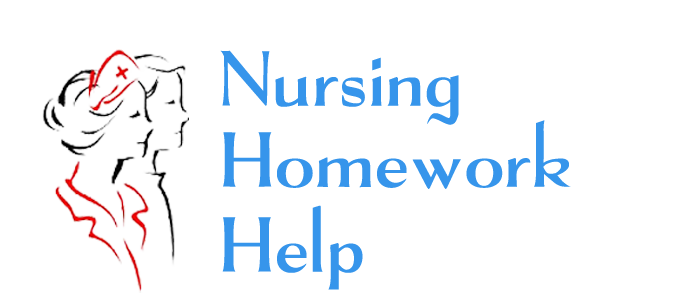This archive file of ECO 415 FINAL EXAM TEST use to study consists of:3) ________ risk involves variation in returns due to the ups and downs of the economy, the industry and the firm.
ECO 415 FINAL ANSWERS.pdf
ECO 415 FINAL QUESTIONS.pdf
1) Transaction costs include
2) Financial risk is associated with changes in
3) ________ risk involves variation in returns due to the ups and downs of the economy, the industry and the firm.
4) A firm’s “normal profit” is best characterized by the
5) A firm earns a normal profit when its total revenues just offset both the ________ cost and ________ cost.
6) How long is the “short-run” time period in the economic analysis of the market?
7) The “law” of demand can be best described by
8) All of the following are non-price determinants of demand except?
9) Which of the following refers to a shift in the demand curve?
10) Two goods are ________ if the quantity consumed of one increases when the price of the
other decreases.
11) Economists consider which of the following costs to be irrelevant to a short-run business decision?
12) Costs of production that change with the rate of output are
13) Which of the following is most likely a fixed cost?
14) The distinction between sunk and incremental costs is most helpful in answering which
question?
15) The main factor that explains the difference between accounting cost and economic cost is
16) Which of the following markets comes closes to the model of perfect competition?
17) Which of the following characteristics is most important in differentiating between perfect
competition and all other types of markets?
18) If a perfectly competitive firm incurs an economic loss, it should
19) Which of the following correctly completes this statement? The monopolist’s marginal revenue
20) Monopoly is characterized by
21) Which of the following industries is most likely to represent the Monopolistic competition market structure?
22) Which of the following represents a good example of an Oligopoly?
23) Mutual interdependence means that
24) In which of these markets would the firms be facing the least elastic demand curve?
25) The four-firm concentration ratio
26) What term describes when a firm is using the least-cost production process?
27) Why are the current health care systems on the rise being built around the integration of clinical information technology and disease management systems?
28) What concept describes the situation where the owner of an asset grants another party the right to use that asset, but the owner retains all controlling rights that are not explicitly stipulated in the contract?
29) What happens when the process by which governance develops exhibits path dependence?
30) What type of strategic alliance involves two or more firms creating and together owning a new independent organization?
31) Which of the following processes is most representative of a vertically integrated firm on the “make” end of the make-or-buy continuum?
32) Which of the following has a downstream relationship with a Toyota Motor Corporation?
33) The biotechnology industry is seeing a broad pattern of disintegration due to the fact that big pharma companies are less and less doing which of the following core functions?
34) What is a market firm?
35) What problem preventing complete contracts refers to a lack of transparency/equal access to the details surrounding a contract?
36) When contracts are incomplete, what must be well defined and enforceable to allow for smooth transactions to occur?
37) Which of the following is not a result of the holdup problem?
38) Which of the following is not considered a rationale for the intervention of government in the
market process in the United States?
39) Which of the following is not an example of a cost externality?
40) An example of an activity that is likely to generate benefit (positive) externality is (are)
41) Tying arrangements that lessen competition were made illegal by
PLACE THIS ORDER OR A SIMILAR ORDER WITH NURSING HOMEWORK HELP TODAY AND GET AN AMAZING DISCOUNT


